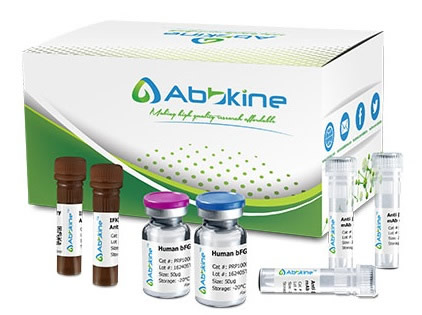Glyoxalase II, otherwise known as hydroxyacyl-glutathione hydrolase, converts the intermediate substrate S-lactoyl-glutathione to reduced glutathione and D-lactate. By study of somatic cell hybrids, Honey and Shows (1981) concluded that the gene for glyoxalase II is on chromosome 16. Mulley and Callen (1986) confirmed the assignment of HAGH to chromosome 16 by studies of a human-mouse hybrid panel. They found that both HAGH and phosphoglycolate phosphatase (PGP) were present only in those cell lines containing 16p13. Board (1980) described rare polymorphism, observed only in a Micronesian population in which a new variant allele had a frequency of 0.016. In the heterozygotes, the electrophoretic pattern was a double band, suggesting that the structure of glyoxalase II is monomeric.
Chicken Hydroxyacylglutathione hydrolase, mitochondrial (HAGH) ELISA Kit employs a two-site sandwich ELISA to quantitate HAGH in samples. An antibody specific for HAGH has been pre-coated onto a microplate. Standards and samples are pipetted into the wells and anyHAGH present is bound by the immobilized antibody. After removing any unbound substances, a biotin-conjugated antibody specific for HAGH is added to the wells. After washing, Streptavidin conjugated Horseradish Peroxidase (HRP) is added to the wells. Following a wash to remove any unbound avidin-enzyme reagent, a substrate solution is added to the wells and color develops in proportion to the amount of HAGH bound in the initial step. The color development is stopped and the intensity of the color is measured.
Chicken Hydroxyacylglutathione hydrolase, mitochondrial (HAGH) ELISA Kit listed herein is for research use only and is not intended for use in human or clinical diagnosis. Suggested applications of our products are not recommendations to use our products in violation of any patent or as a license. We cannot be responsible for patent infringements or other violations that may occur with the use of this product.
bio-equip.cn




